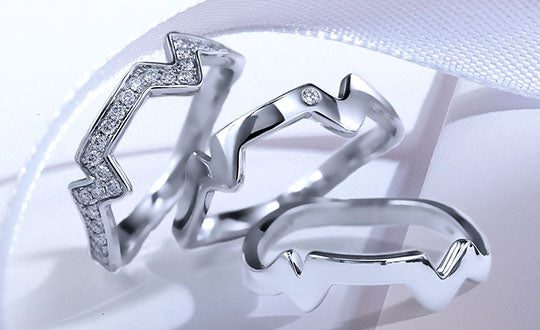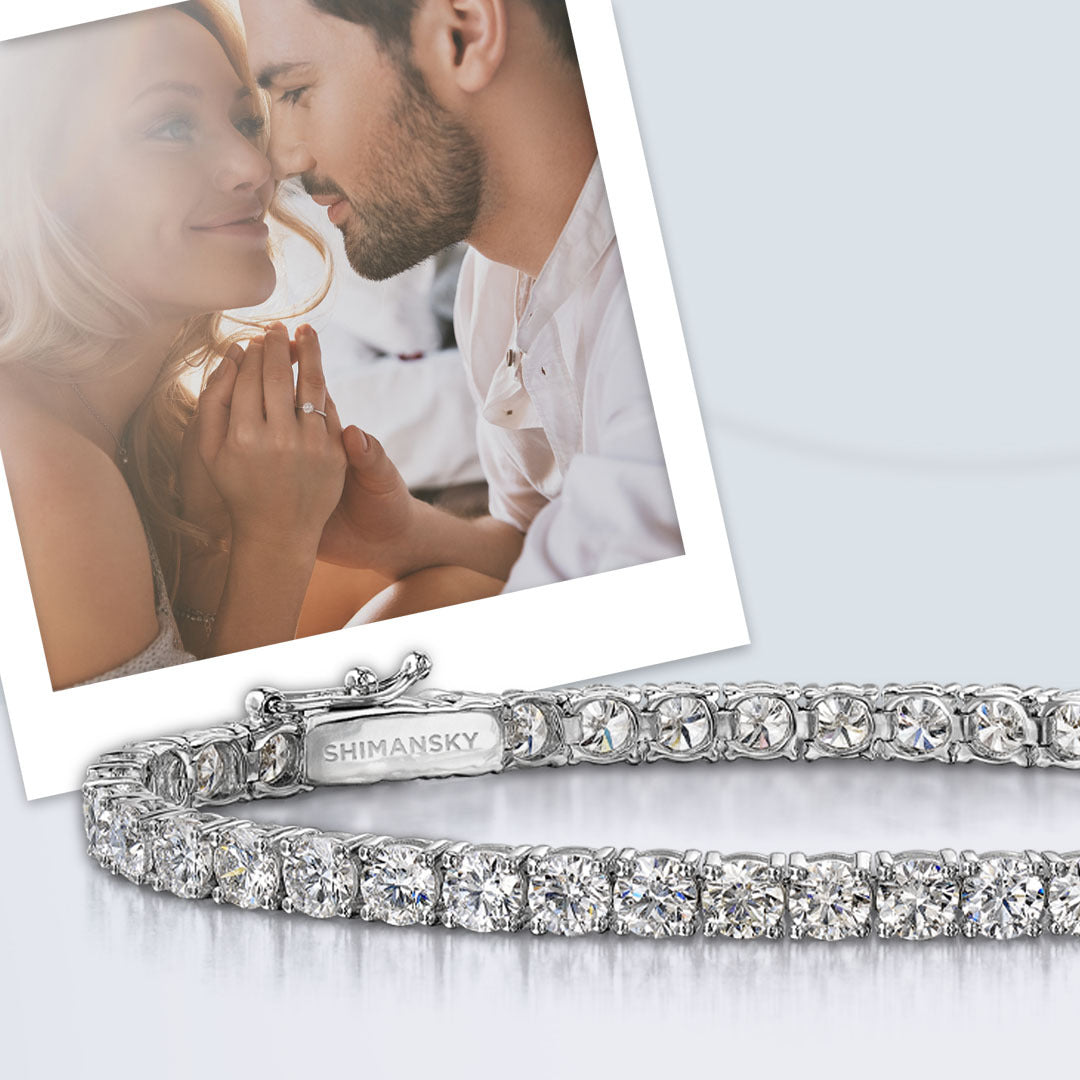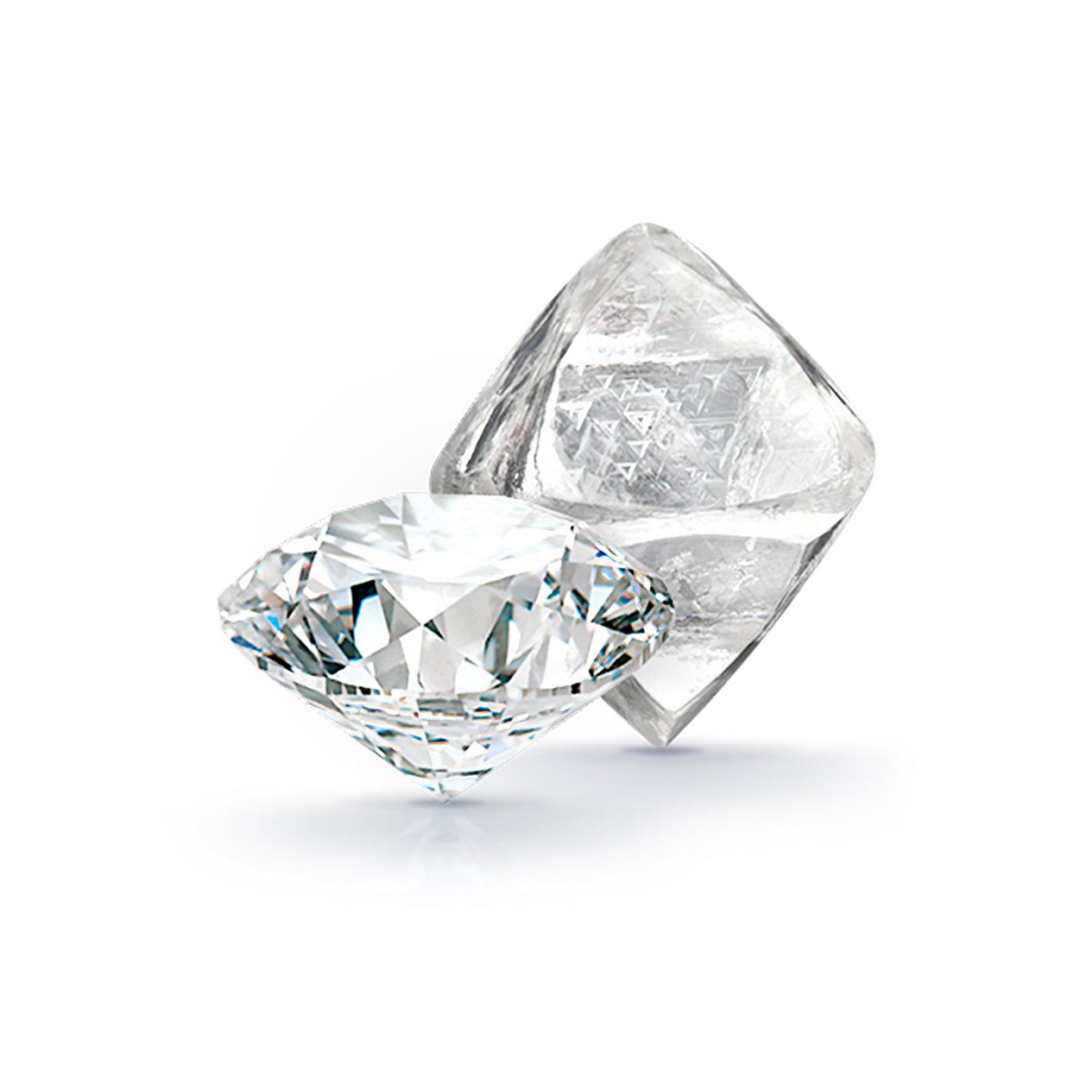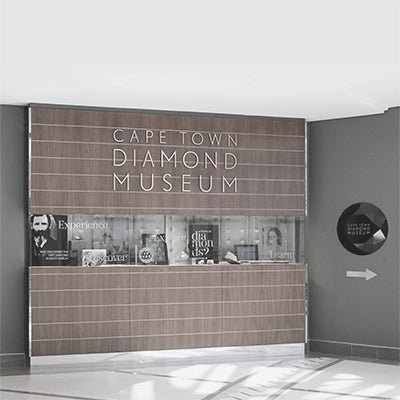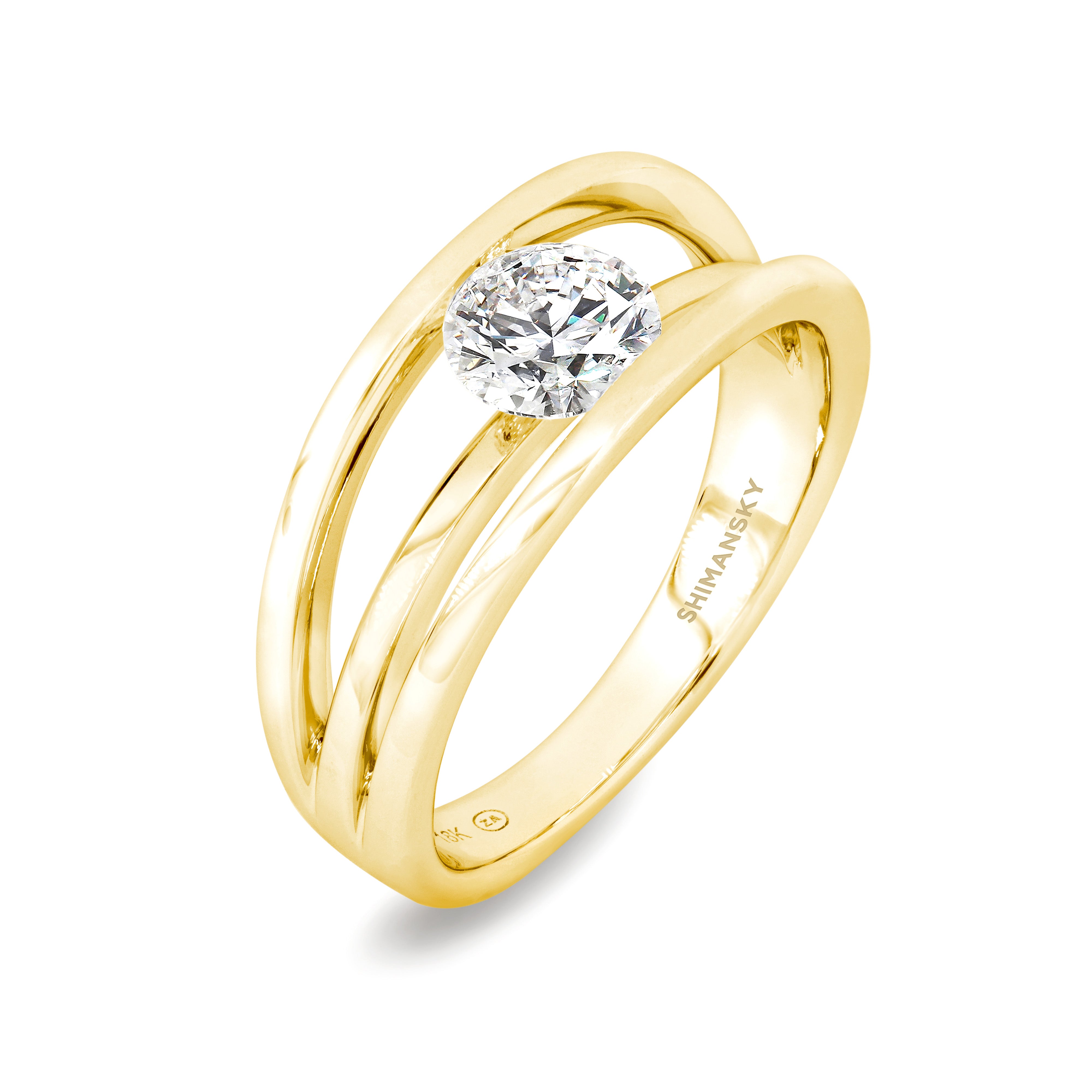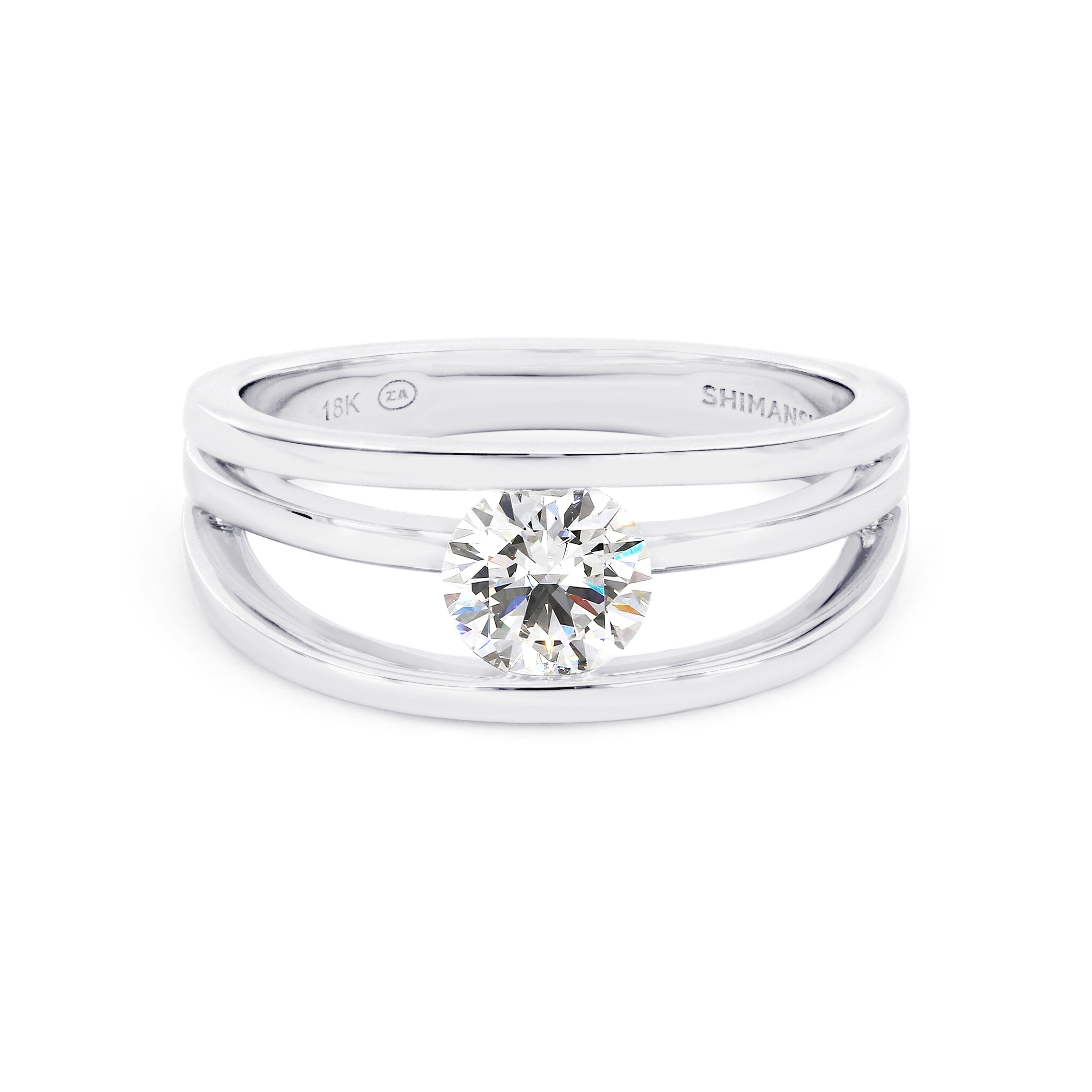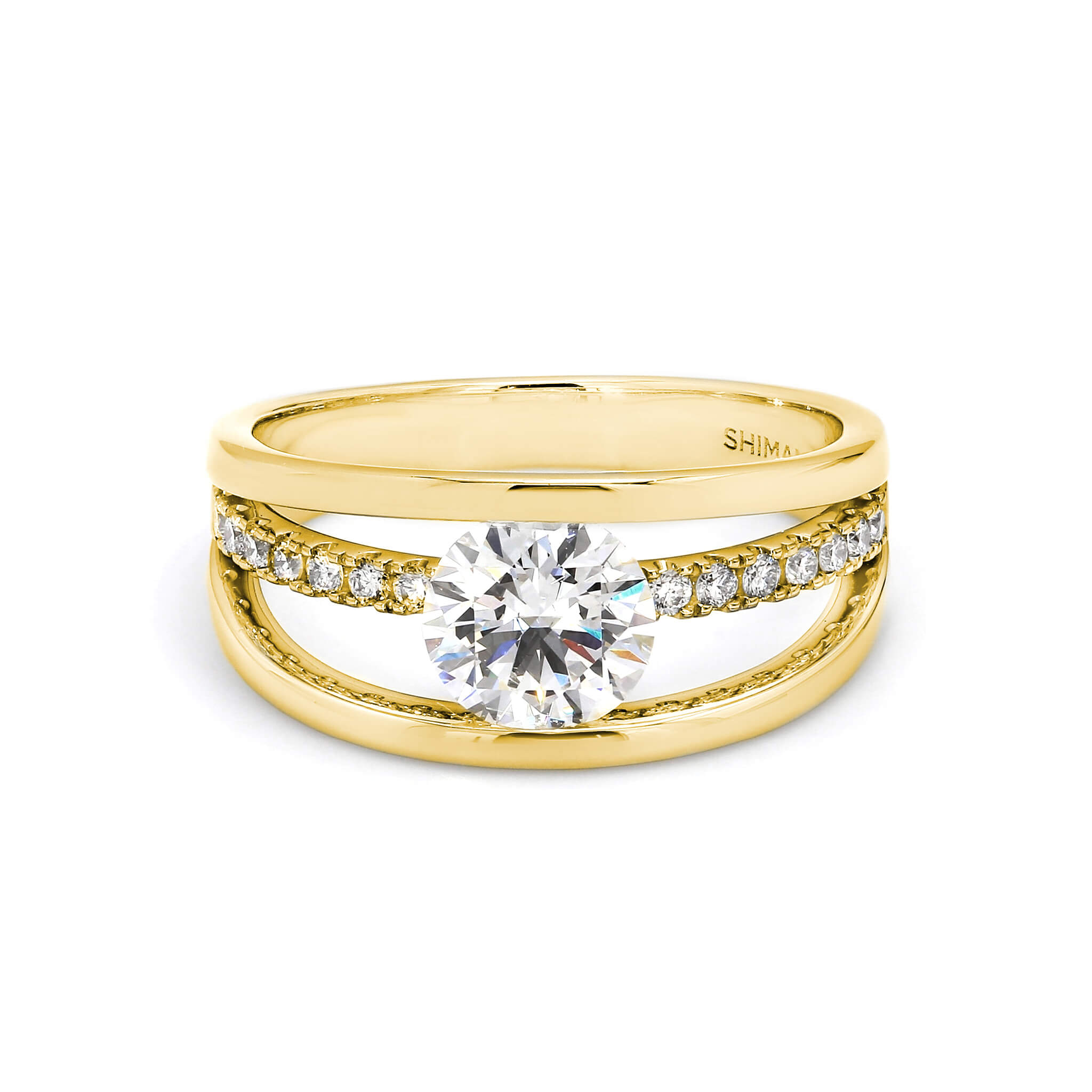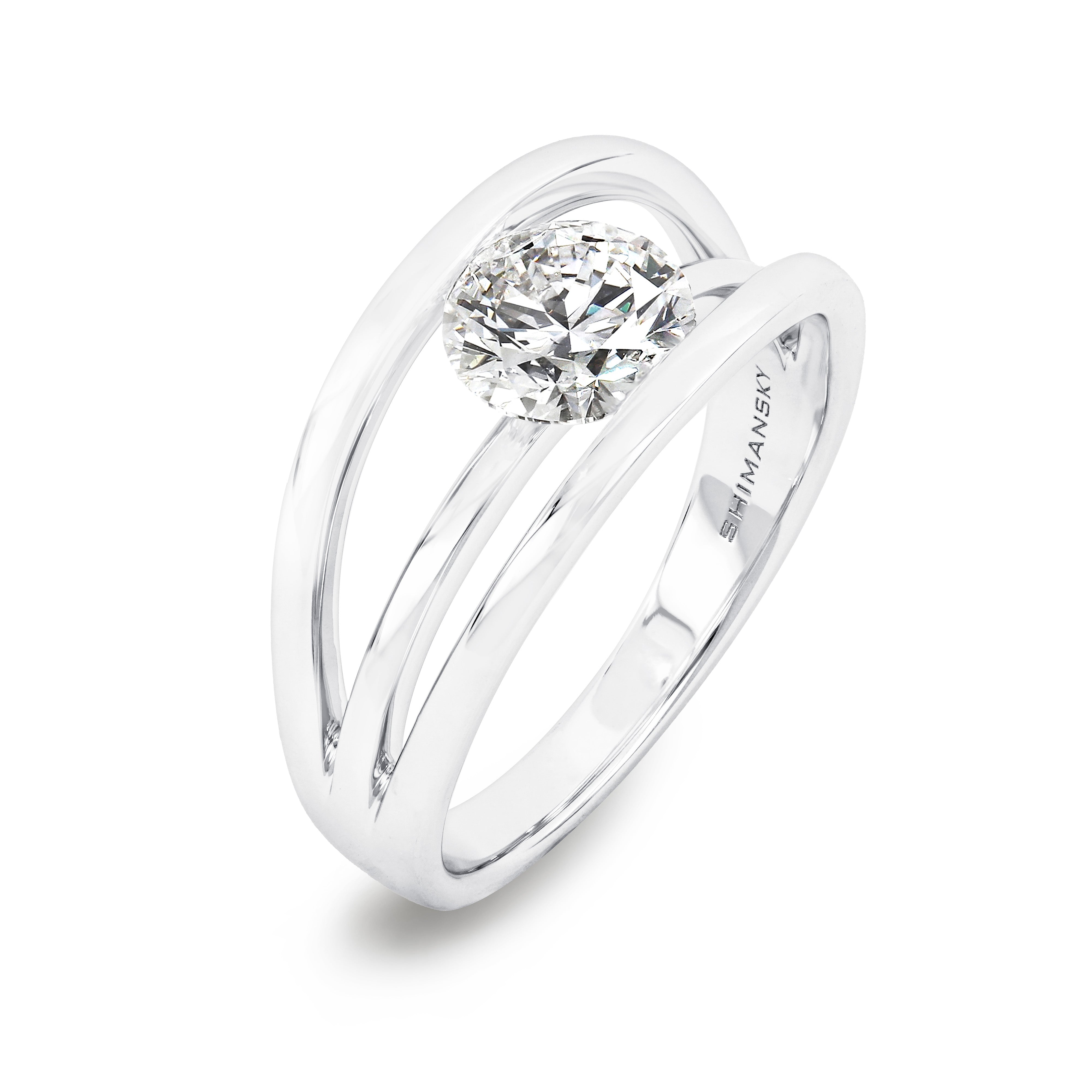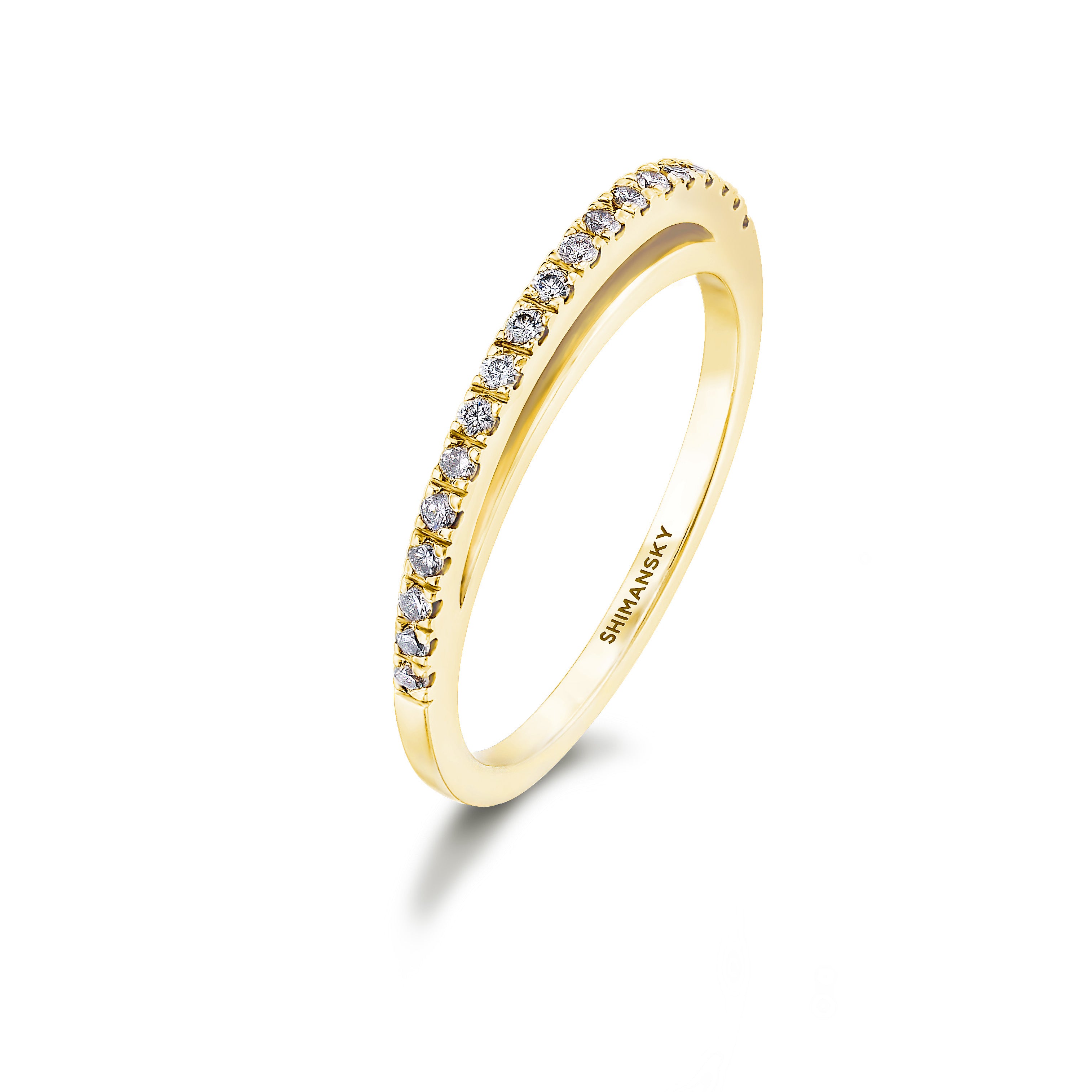
Types of certification
Before being graded, most diamonds are sent to a diamond grading laboratory for a comprehensive evaluation. This process is known as certification. A reputable grading laboratory is staffed by experienced gemologists who specialise in diamond grading. Diamond grading is carried out under special circumstances, using the latest technology, to ensure that the 4Cs are accurately and fairy evaluated.
Each diamond certificate has a unique number on it which corresponds to one particular diamond. Once certification is complete, the diamond along with its certificate, is ready to be sold or set into beautiful jewellery creations. This certificate assures the buyer that the diamond truly has the characteristics that the sales executive says it does.
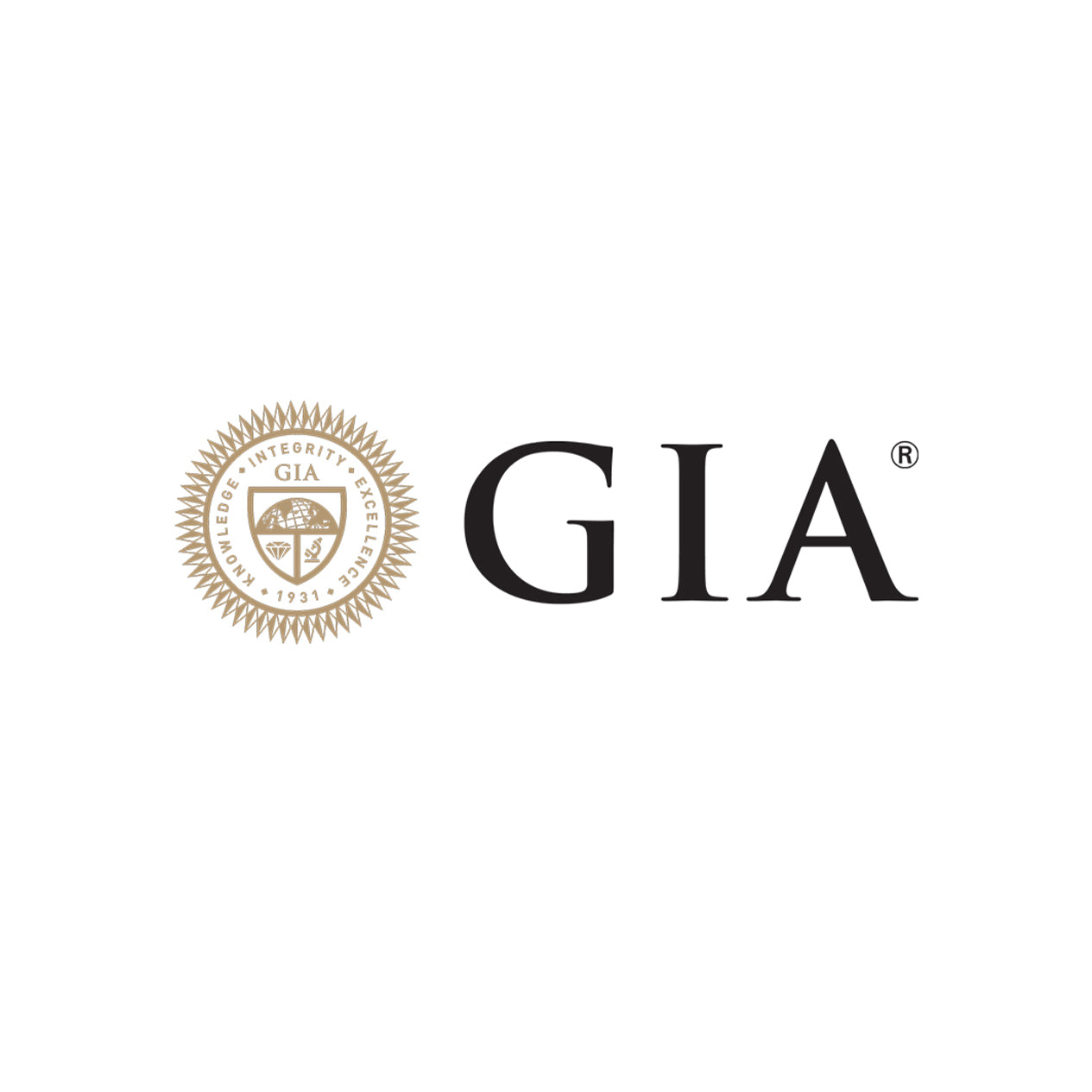
GIA - Gemological Institute of America
Founded in 1931, the Gemological Institute of America, or GIA, is the world’s foremost authority on diamonds and other gems. A non-profit organisation, the GIA upholds the highest standards recognised by the diamond industry.

In 1953 the GIA developed the 4Cs, and established their diamond and gemstone grading system, which today, is a worldwide standard. Two years later, in 1955, they issued their first diamond grading report. Each diamond graded by the GIA is examined by at least four highly trained and experienced gemologists.
To ensure the process is completely objective, diamonds are randomly assigned to graders. Each diamond graded by the GIA is accompanied by a GIA Grading Report. This report details the diamond’s 4Cs (cut, colour, clarity and carat weight), as well as notes on the stone’s polish and symmetry, and fluorescence.
The GIA has graded and certified some of the most famous diamonds in the world, including the Centenary Diamond and the Hope Diamond. Their headquarters is in California, USA, but the GIA operates out of 13 different countries, such as New York, Hong Kong and Moscow, to name a few.
The GIA aims to protect buyers and sellers of diamonds and other gemstones. By setting and maintaining the standards that are used to evaluate gemstones, the GIA is a trusted source of information for buyers and sellers worldwide.
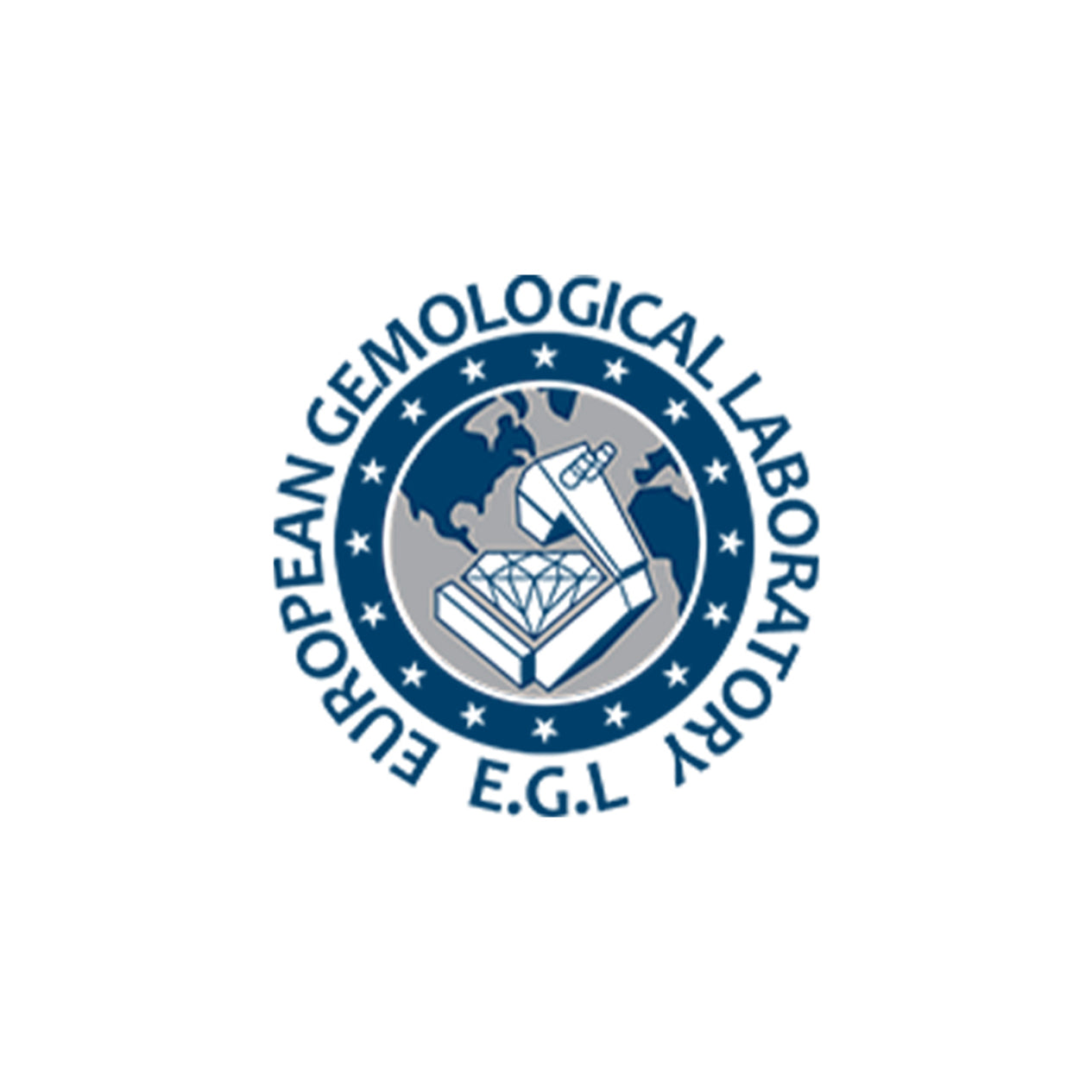
EGL - European Gemological Laboratory
The European Gemological Laboratory, or EGL, was founded in Europe in 1974. A globally trusted organisation, the EGL has offices all over the world, and is committed to honest and reliable analysis results. They are known for having developed grading techniques for diamonds weighing less than one carat, and for introducing the SI3 clarity rating for diamonds.
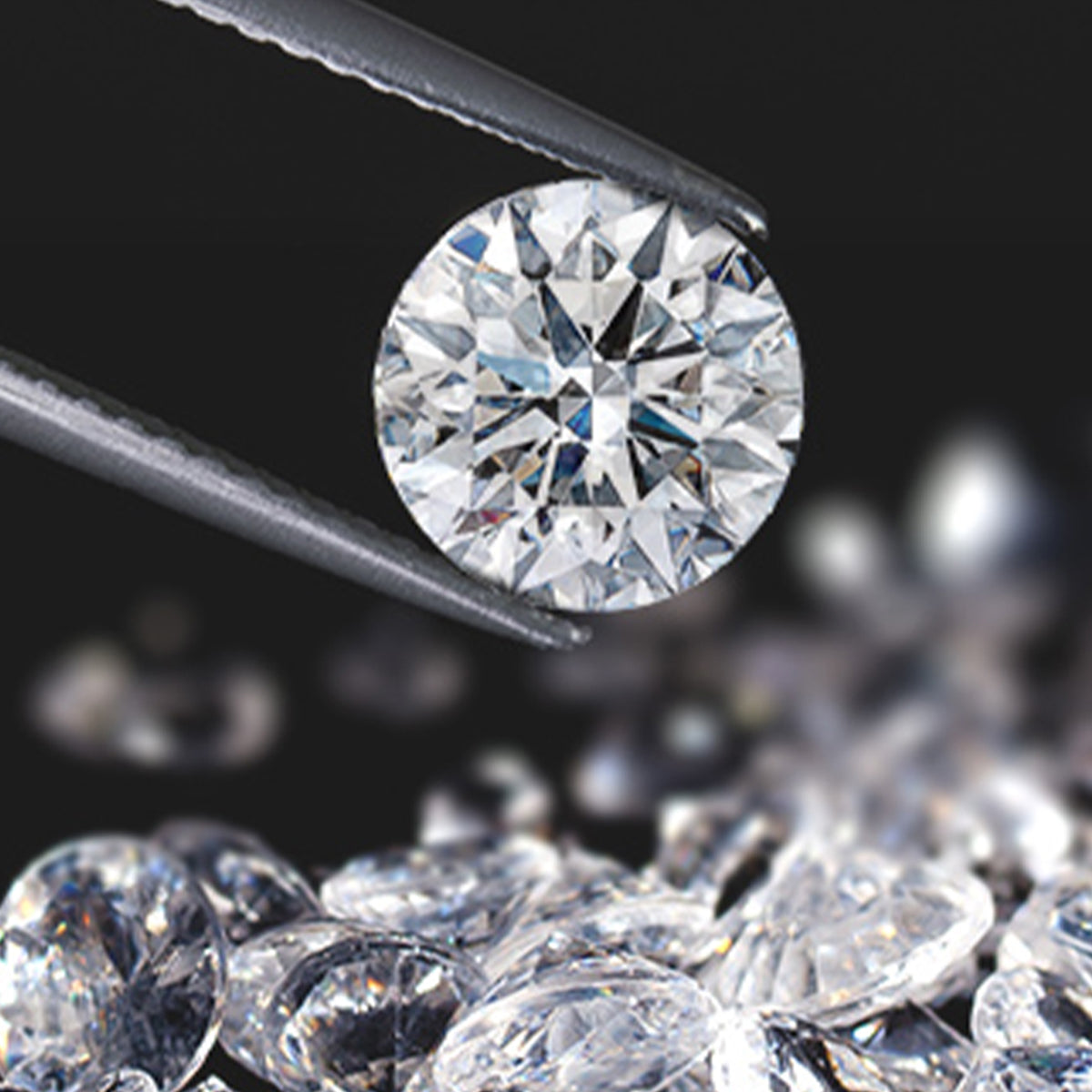
When various laboratory-created diamonds starting entering the market, the EGL pioneered lab-grown diamond identification. It was the first to alert the public that chemical vapour deposition lab-grown diamonds and high pressure high temperature (HPHT) treated and coloured diamonds were being sold. The EGL is committed to research, and advancing the knowledge we have on diamonds and gems.
Most often the report also contains a diagram of the diamond which indicates clarity characteristics, a proportion diagram and GIA grading scales.Similar to the GIA, the EGL’s grading certificate gives a comprehensive list of a gem’s characteristics.
It covers the 4Cs, fluorescence, measurements and proportions, as well as symmetry and cut on most diamonds graded.

SGL - Scientific Gemological Laboratory
Scientific Gemological Laboratory (SGL) makes use of the latest scientific measurements by using innovative modern technology in grading diamonds. The diamonds have been examined in accordance with internationally accepted standards.

The SGL report contains the identification and characteristics of a diamond including the shape, carat weight, colour, clarity and cut. The latest technologically advanced methods and state-of-the-art equipment is used to analyse and record diamond information.
When viewing a diamond, be sure to ask the sales executive to show you the diamond certificate. If the diamond has been graded by the GIA, EGL or SGL, and is being sold at a reputable jeweller, you can rest assured that diamond is true to the specifications on its label.
Be sure to keep your diamond certificate somewhere safe – it is a very important document to have for insurance, as well as appraisal purposes.
EVOLYM
Featured collection

